Cities do not have an expiry date, but they all have a desire for the future. Like the idea of immortality, which separates us from other animals. The experience of place-appropriation arises from more or less nostalgic, more or less intimate, more or less autobiographical, more or less filtered mutating memory.
This discursive drive may be geared to mere observation, and yield to a consecration by pleasure and curiosity embedded in the contemporary need to review that identity, or to identify that sceno(geo)graphic mutation.
The points of view of Maia are manifold and, for that reason, the questions and possible answers corresponding to equally different moments are themselves manifold. Landscapes and people convoke new concepts beyond what is established, intersectionalities in which the city takes on a new notion of representational space, either revealed or concealed, based on its urban intermittencies.
The objective of “Maia Biennial of Contemporary Art’19” is to allow for a readjustment of our position in the face of constant mutation and, at the same time, to generate perceptions of the conscious identity of the contemporary orbit. It is about identity in a global world. It is about the consolidation of contaminated creation. It is about same-place-based heterogenous artistic practises, and homogenous different-place-based practices. It is about the expansion of the subjectivity of place as context. It is about the rupture of boundaries between worlds or the dissolution of locus-truncated aesthetical canons. It is about the emerging transposition of bodies and information. It is about the referential universes that we carry and bring along with us. It is about a circuit of terms questioned by the permeability of borders. It is about the invisibility of the world when the world is one, and one only. Ir is about terms that transcend themselves biographically when ‘auto’ is a common denominator. Ir is about the fast dynamics of the process of relationships between creation and cognition, what is lived and what is falsifed, what is kept and what is transformed as the engine for new discourses of culture and art. But is also about the democratization of art, bringing it inside containers to the real territory, for an encounter with the citizens of Maia — at Praça Doutor Vieira de Carvalho, at Parque da Cidade Desportiva, in Maninhos, at Castêlo da Maia, in Mandim, at Feira de Pedras Rubras and at Parque da Pícua.
Twenty-four years was the time necessary for this idea to materialize, under the disruptive guise of the “Import/Export” binomial. It is the exact time to remember the epochal dynamics and establish new narratives to re—appropriate identitary referents between local and global, between origin and destination.
Maybe this leads to the understanding that such discourse could only be possible by operating as dissemination across the territory and by anchoring itself in it as a binomial container, on the one hand symbolic of the paradoxical nature of the theme and, on the other hand as the condition for the (con)figuration of the (re)creation of new plural experiences of the various places and their meanings and (atmo)spheres.
All the works belong to a single exhibition, with multiple locations, allowing for the ambition to illuminate several sides of this stage and question ways of doing from several points of view: Architecture, Visual Arts, Design and New Media.
Maia Biennial of Contemporary Art’19
Curatorship • 2019, Maia, Biennial
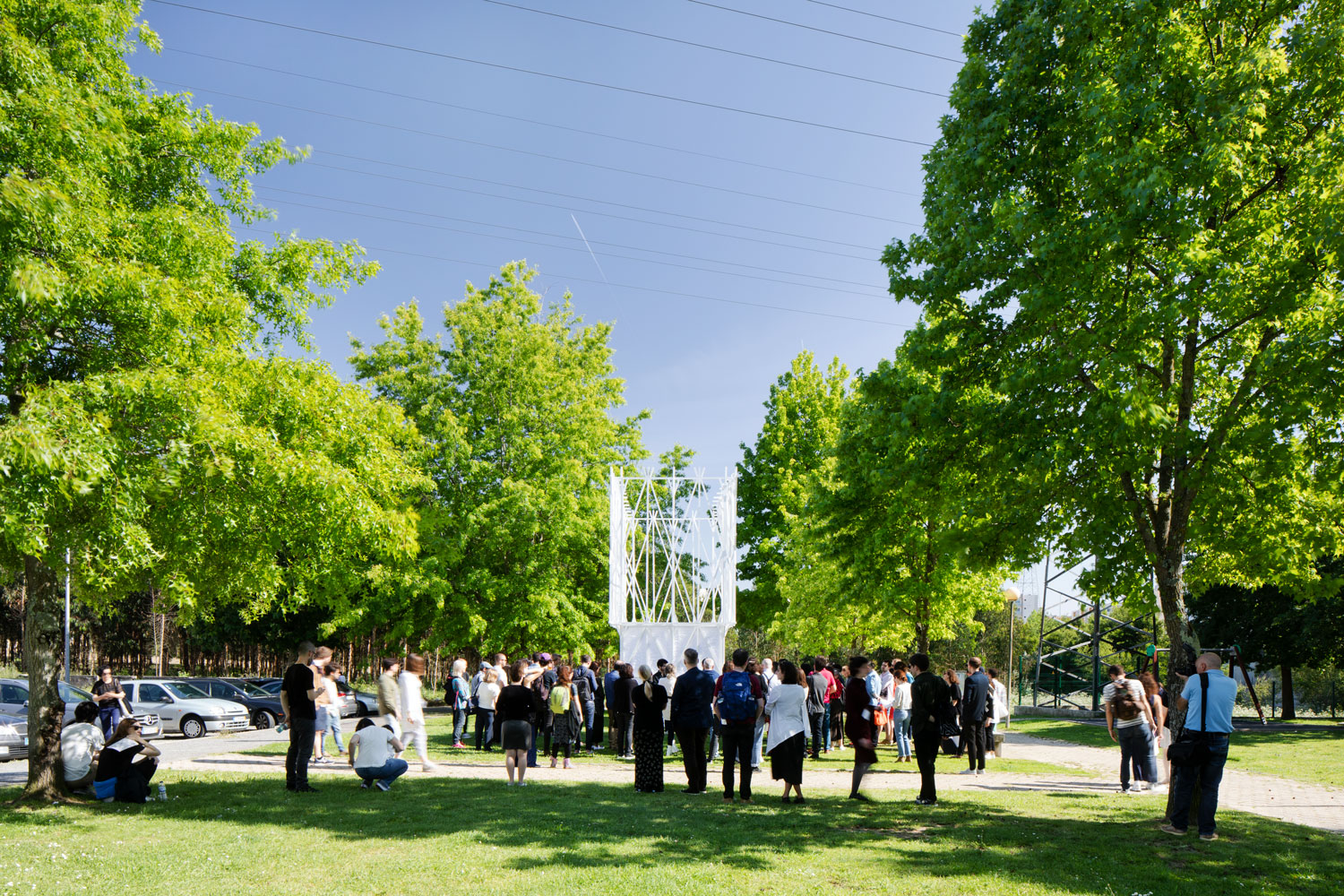
Work by Takk © Tiago Casanova

Work by AATB © Tiago Casanova

Work by Popticum © Tiago Casanova

Work by Orlando Lovell © João Garcia
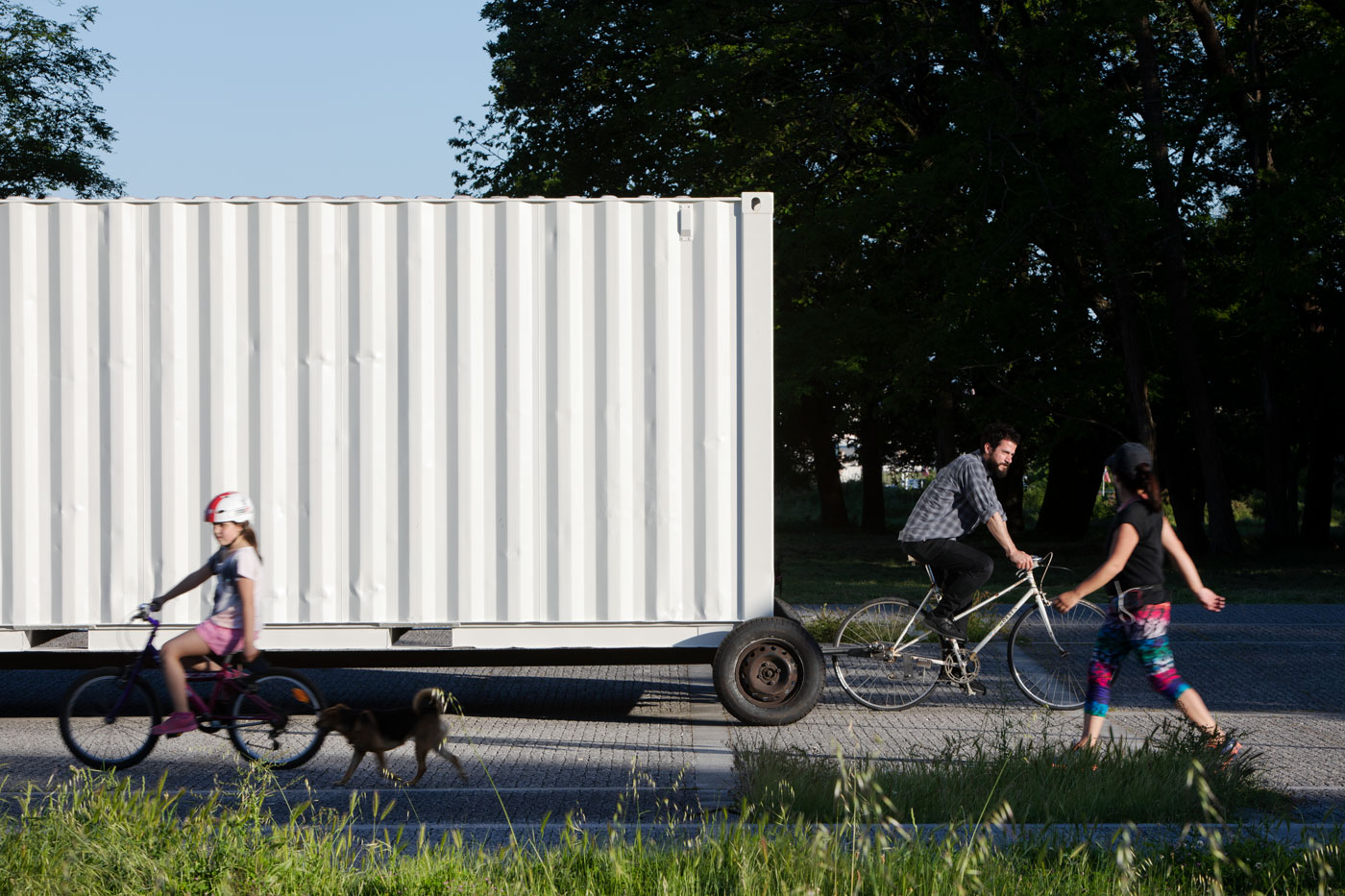
Work by Fernando Abellanas © Tiago Casanova
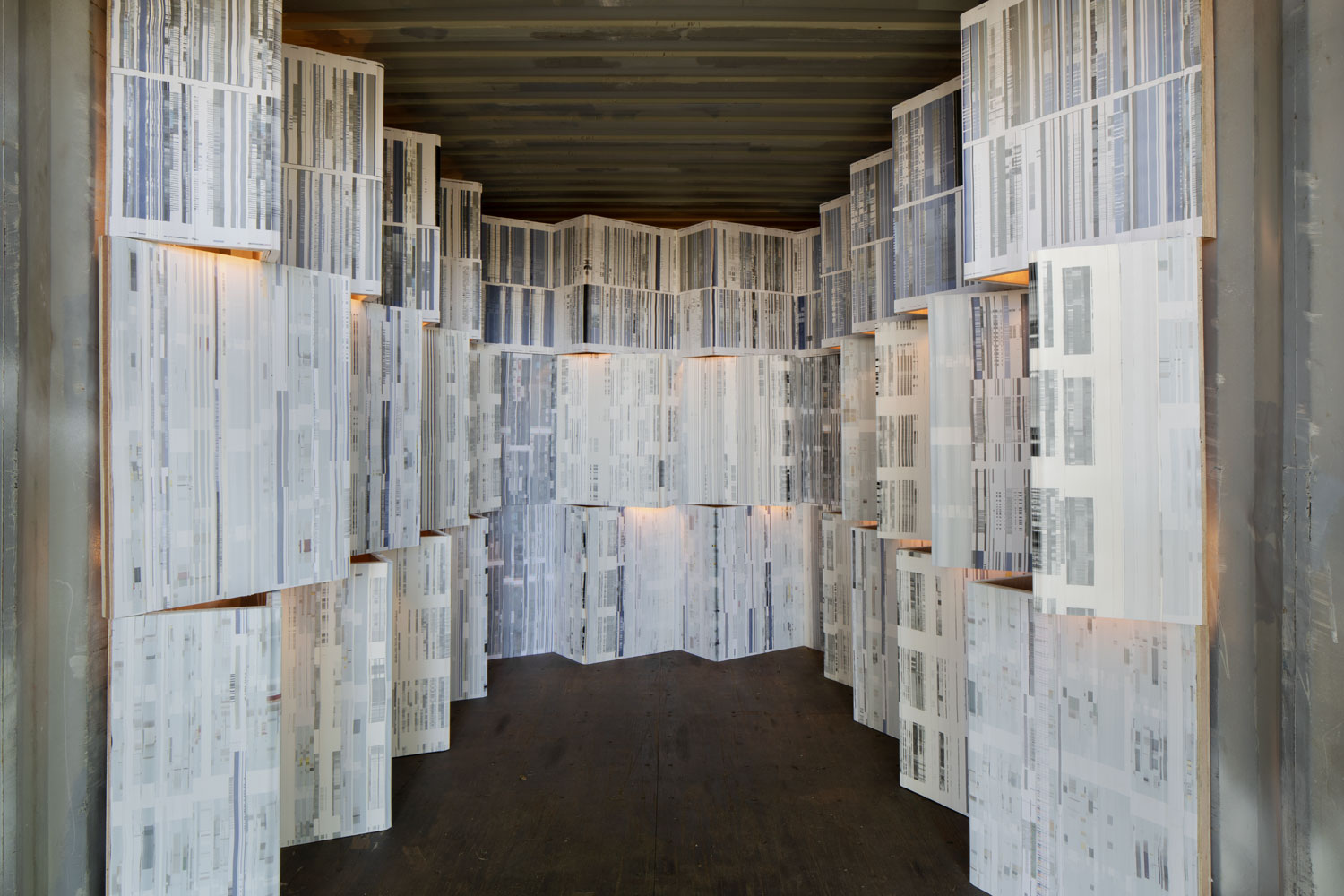
Work by Mafalda Santos + Manuel Mesquita © Tiago Casanova
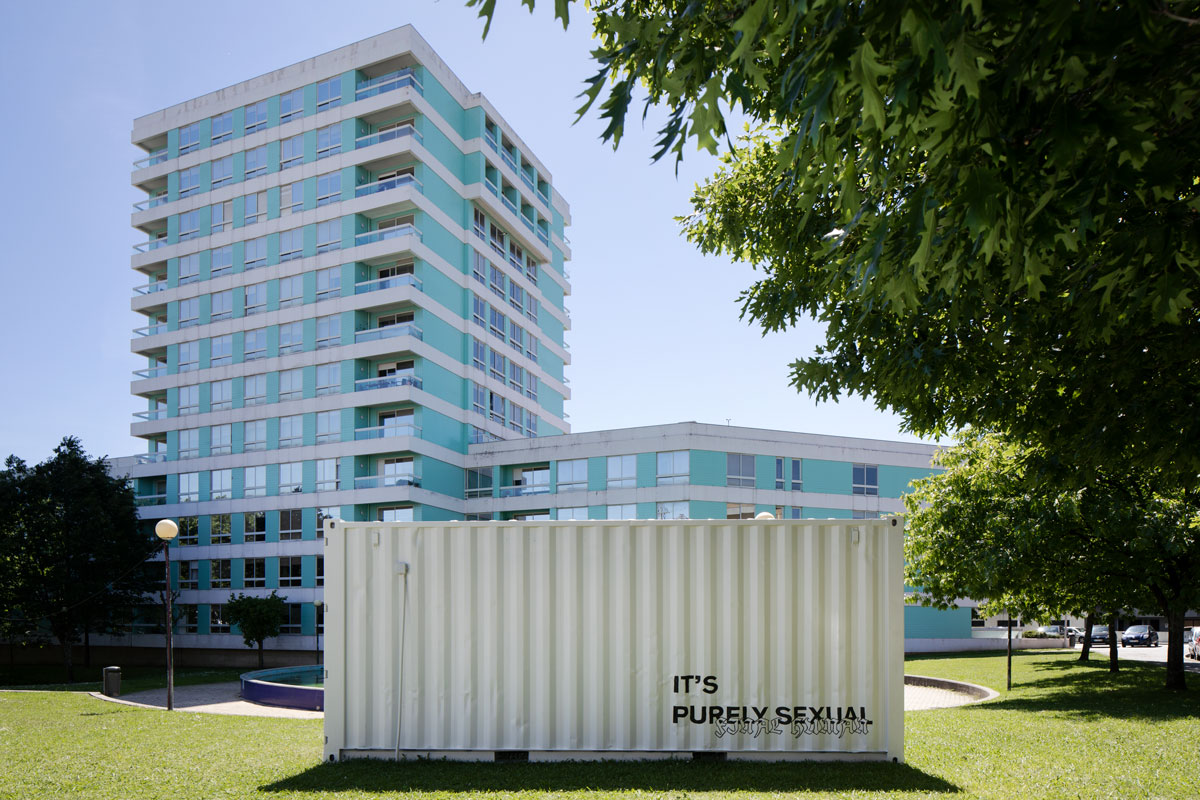
Work by Horácio Frutuoso © Tiago Casanova
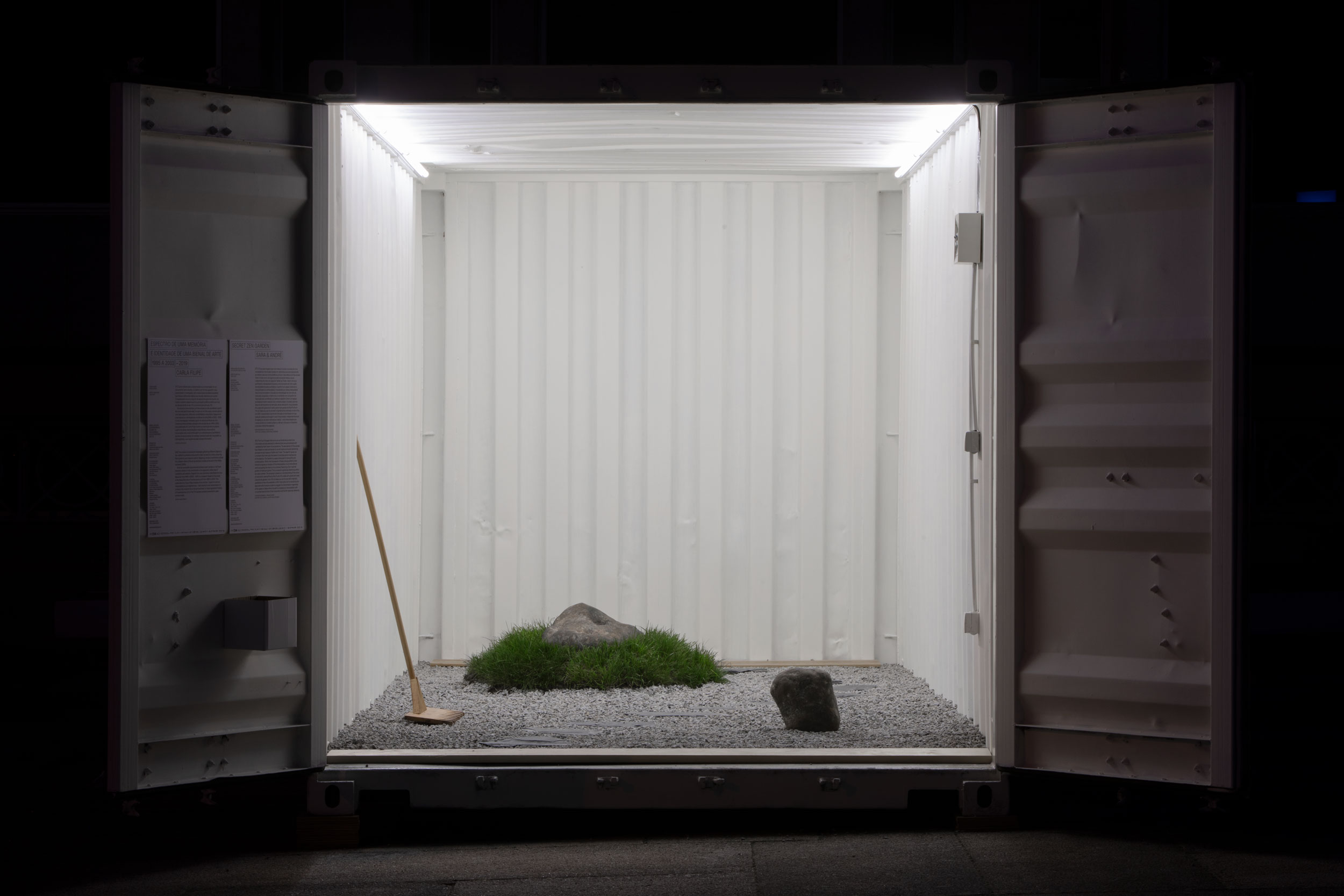
Work by Sara & André © Tiago Casanova
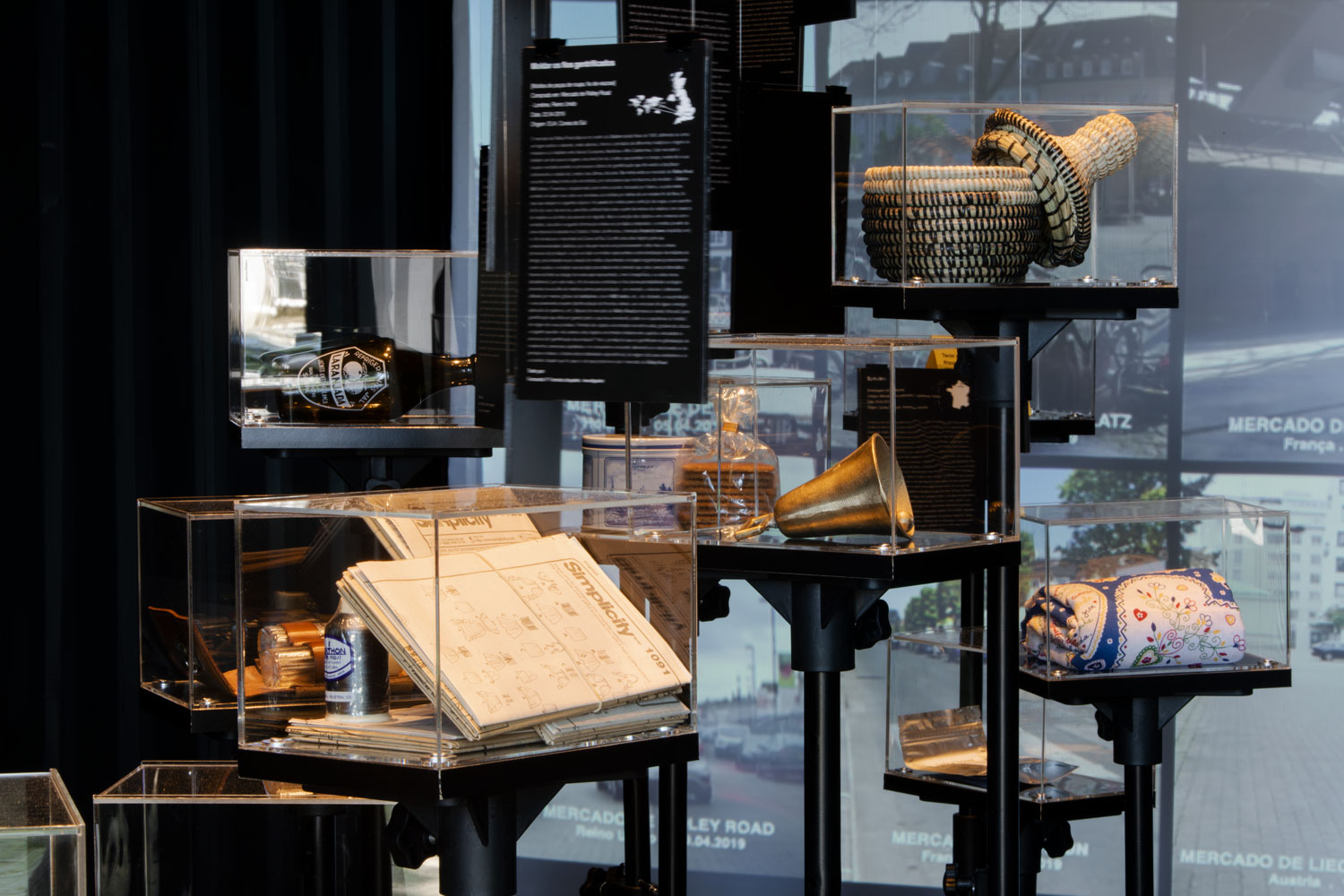
Work by Space Transcribers © Tiago Casanova
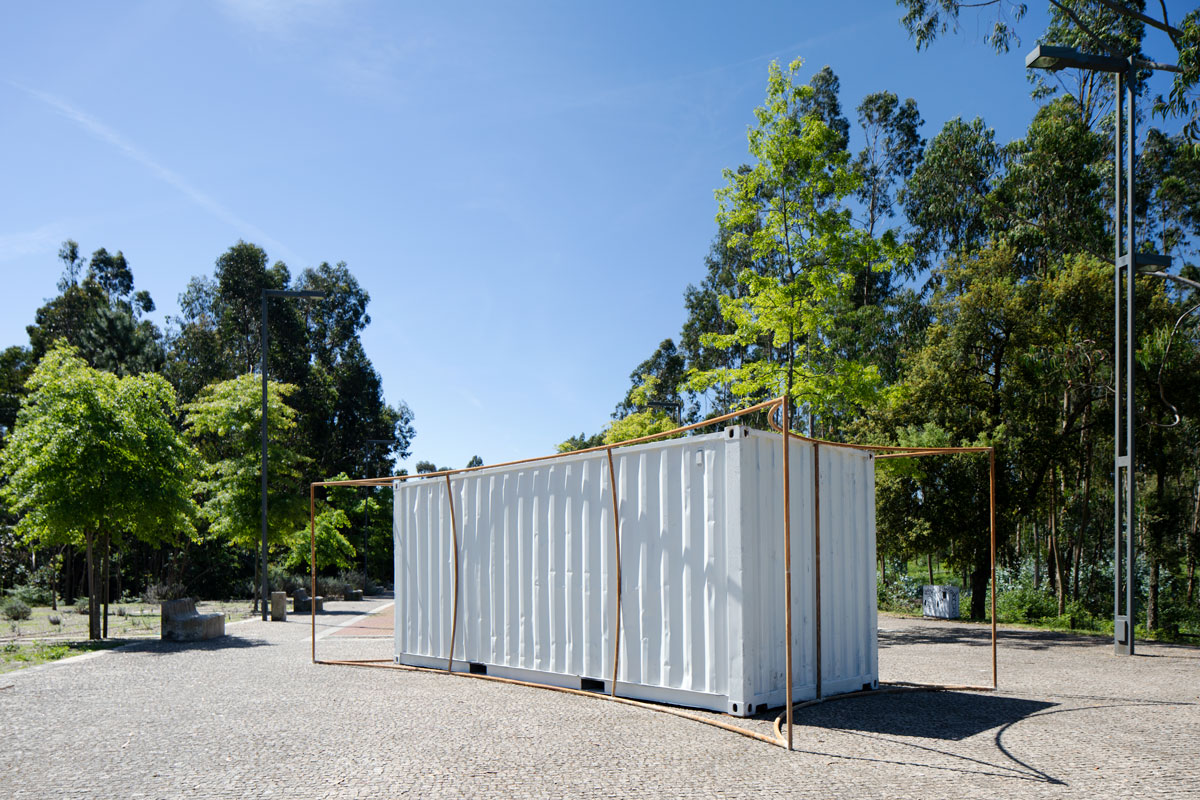
Work by Dayana Lucas © Tiago Casanova
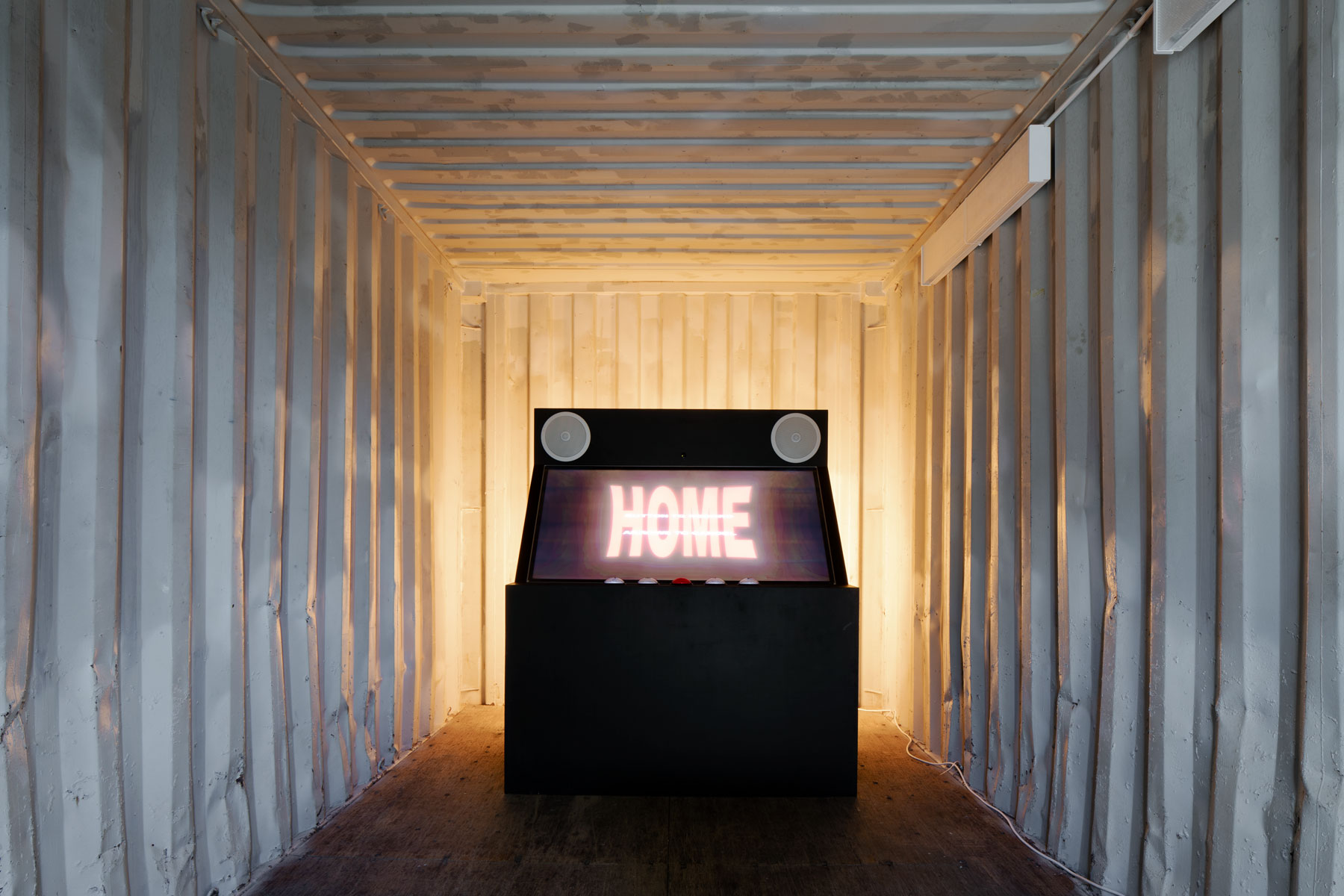
Work by Elodie Correia + Priscilla Julien + Uncanny Valley Studio © Tiago Casanova
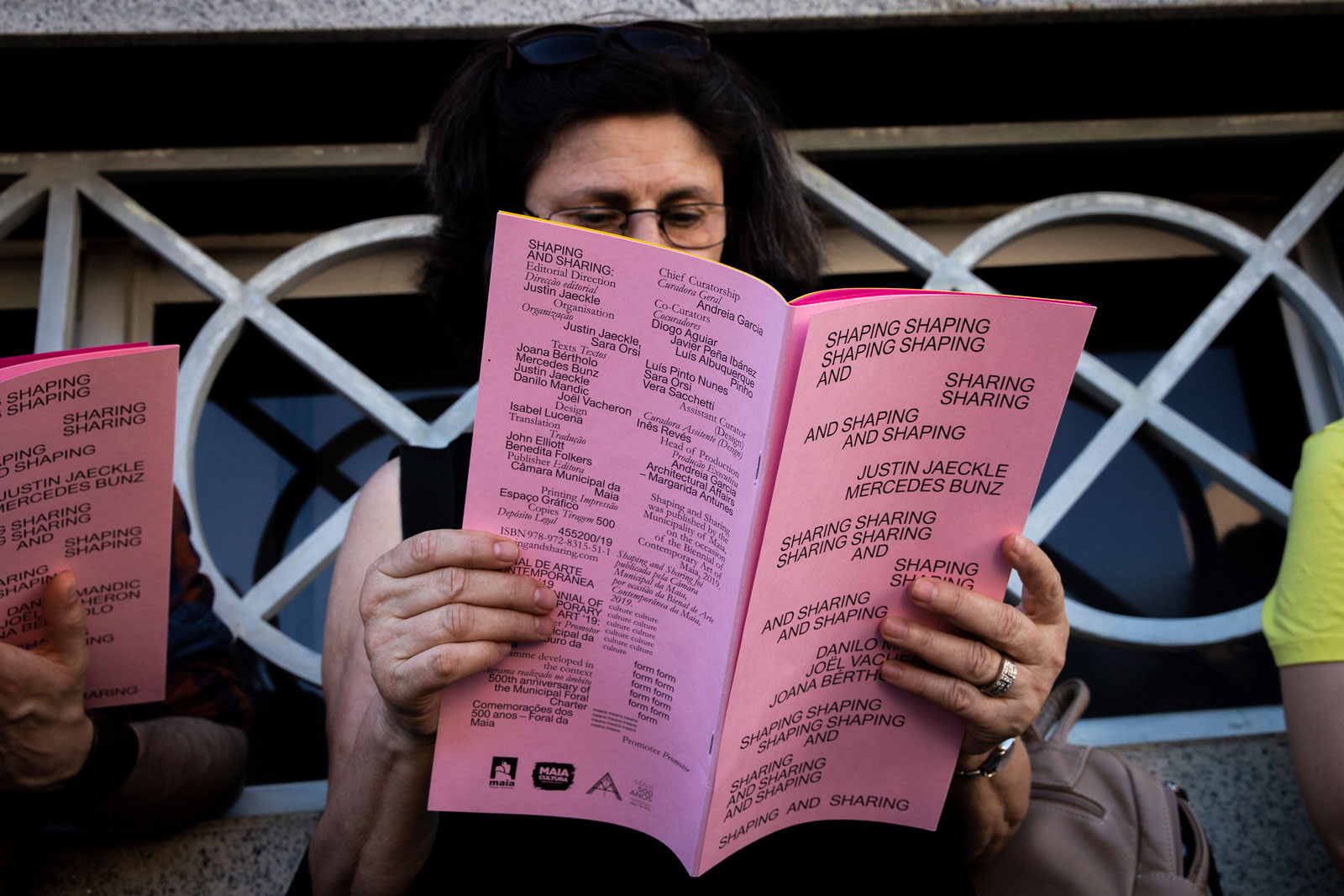
Work by Justin Jaeckle + Danilo Mandic + Joana Bértholo + Joël Vacheron + Mercedes bunz + Isabel Lucena © Rita França
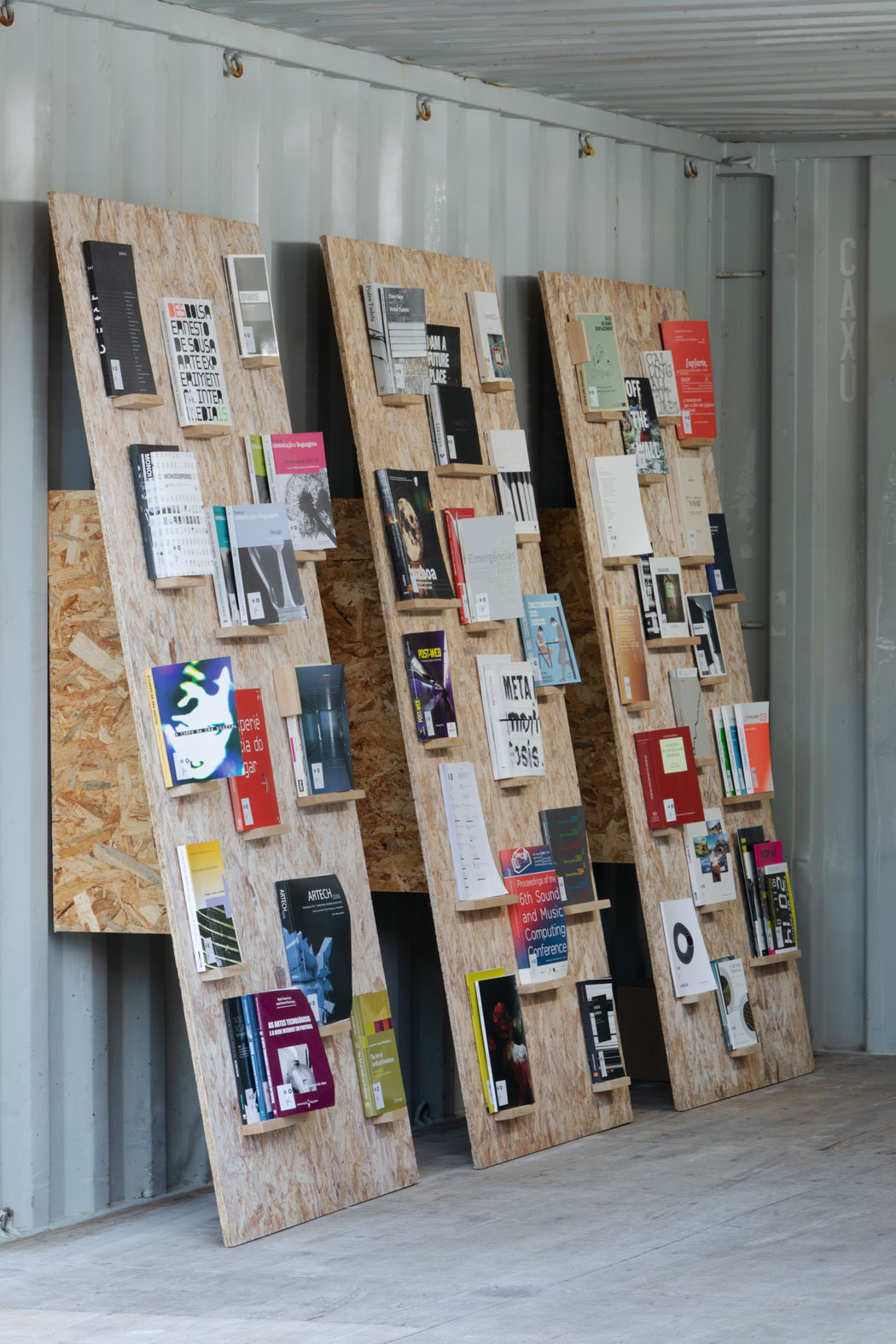
Work by Alessandro Ludovico + Luísa Ribas + Miguel Carvalhais © Tiago Casanova

Work by Catarina Carreiras © Tiago Casanova

Work by Catarina Lee + Filipa Alves de Sousa © Rita França

Work by ERROR-43 © Tiago Casanova
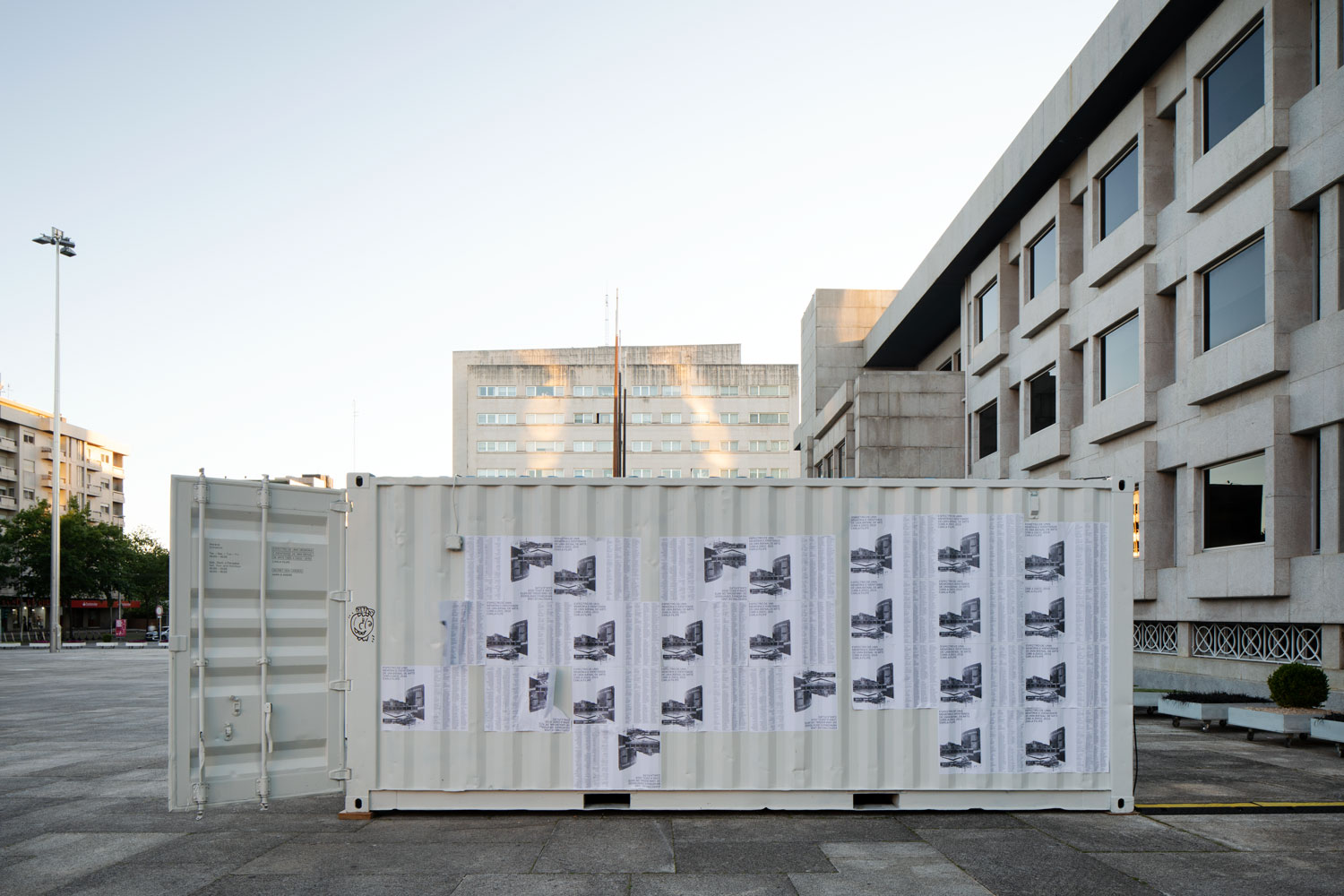
Work by Carla Filipe © Tiago Casanova

© And Atelier

© And Atelier
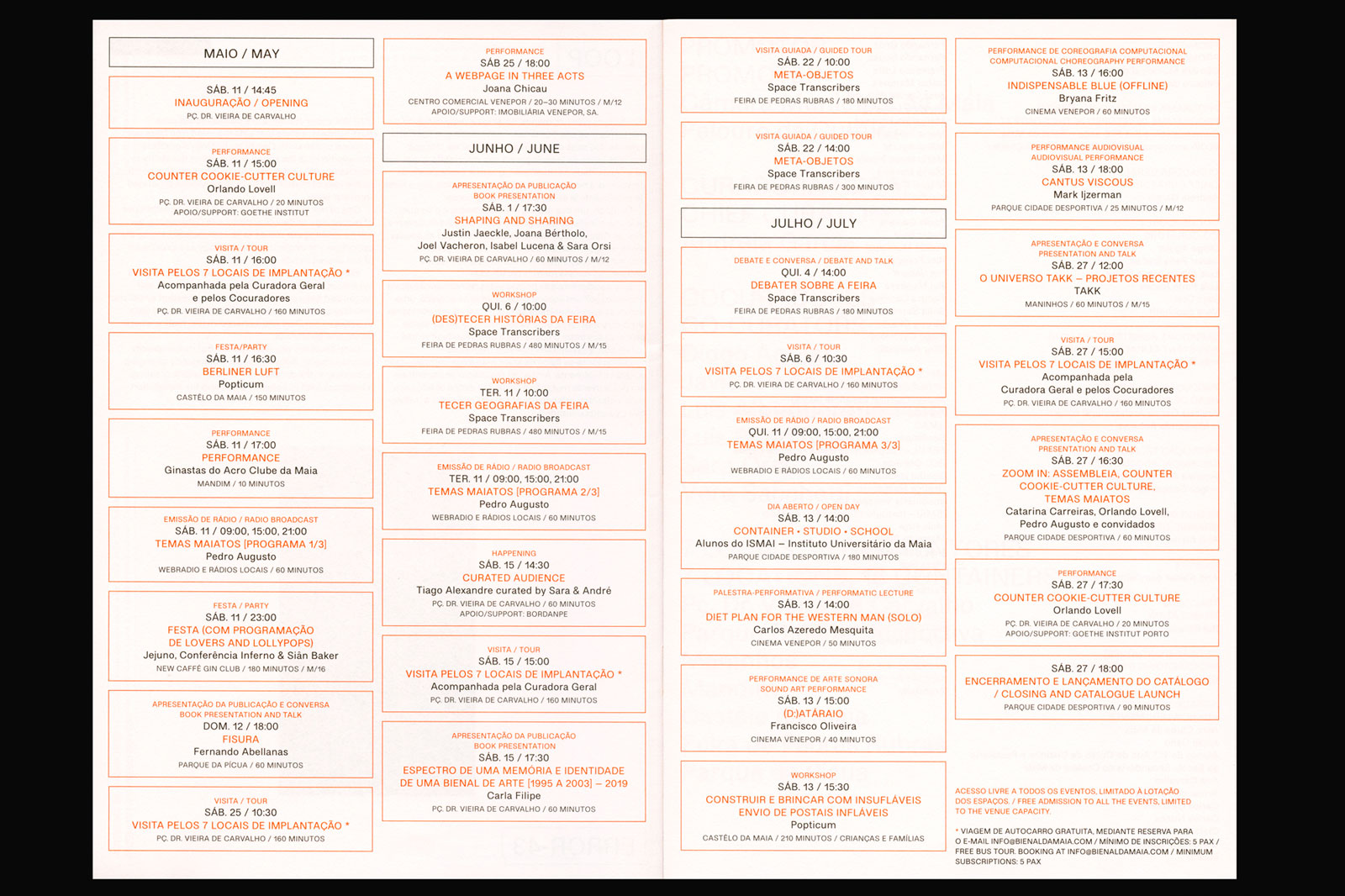
© And Atelier

Maia Biennial of Contemporary Art’19
Curatorship
Chief Curator
Andreia Garcia
Co-curators
Diogo Aguiar, Javier Peña Ibáñez, Luís Alburquerque Pinho, Luís Pinto Nunes, Sara Orsi, Vera Sacchetti
Works
Carla Filipe (Espectro de uma Memória e Identidade de uma Bienal de Arte [1995 a 2003]), Sara & André (Secret Zen Garden), Justin Jaeckle + Danilo Mandic + Joana Bértholo + Joël Vacheron + Mercedes bunz + Isabel Lucena (Shaping and Sharing), Alessandro Ludovico + Luísa Ribas + Miguel Carvalhais (Temporary Library of Portuguese Media Art), Catarina Lee + Filipa Alves de Sousa (Container. Studio. School), Catarina Carreiras (Assembleia), Orlando Lovell (Counter Cookie-Cutter Culture), Pedro Augusto (Temas Maiatos), Takk (Russian Doll), Horácio Frutuoso (Jaula [Keep Tomorrow Free]), Dayana Lucas (Fluxo), AATB (A Particular Score), Popticum (Handle With Air), Elodie Correia + Priscilla Julien + Uncanny Valley Studio (Laridme.Com), Space Transcribers (Alocar/Deslocar), Mafalda Santos + Manuel Mesquita (Sala Para Conter Reflexões), Fernando Abellanas (Práxis), ERROR-43 (Loop)
Assistant Curator (Design Area)
Inês Revés
Graphic Design
And Atelier
Website
And Atelier + Sara Orsi
http://bienaldamaia.com
Production
Architectural Affairs
Promoter
Municipality of Maia
Sponsors and support
Acción Cultura Española (AC/E), Agrupamento de Escolas do Castêlo da Maia, AMAG, Bordanpe, FBAUL - Faculdade de Belas Artes de Lisboa, GLC Química, Goethe Institut, Gráfica Maiadouro, Imobiliária Venepor, SA, ISMAI - Instituto Universitário da Maia, Maia Hoje, Metro do Porto, New Caffé Gin Club, Pizza Hut, ReUrban, Tintas 2000
Programme developed in the context
Comemorações dos 500 anos - Foral da Maia